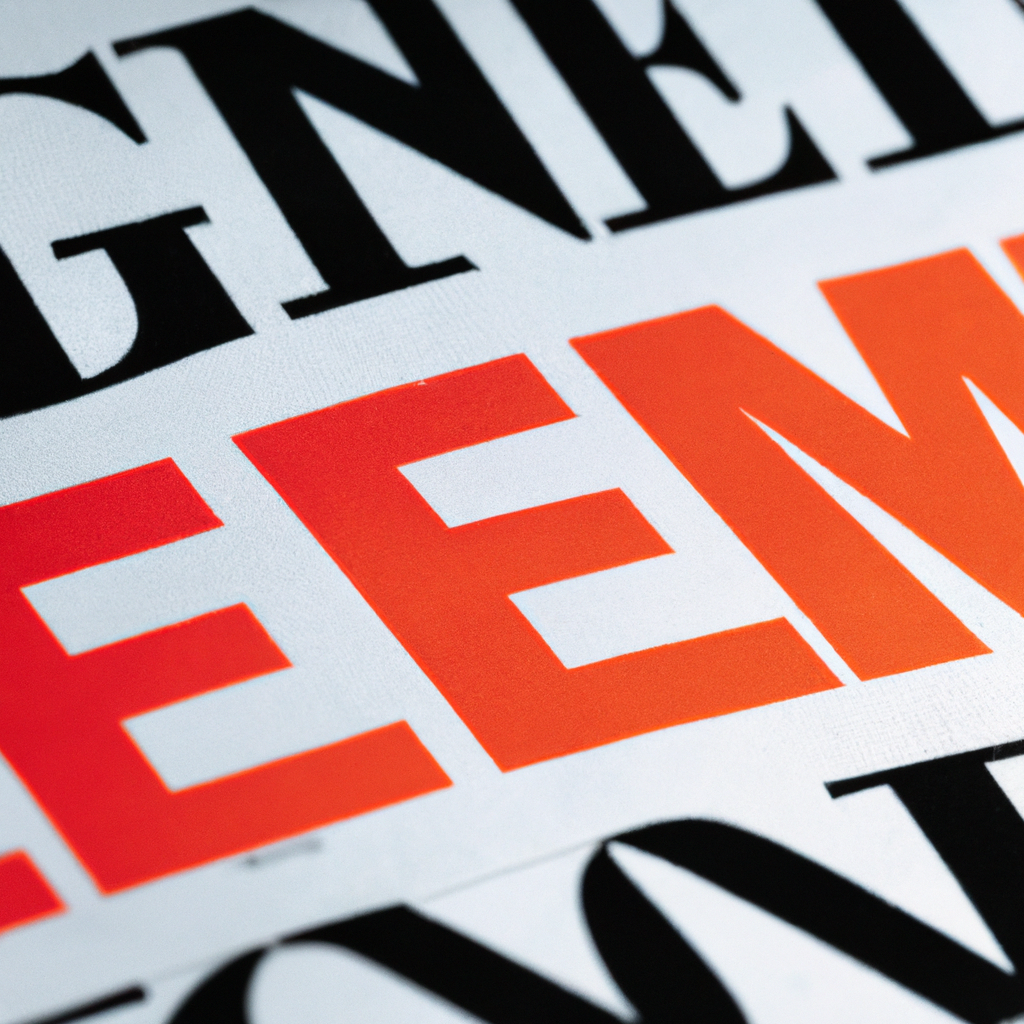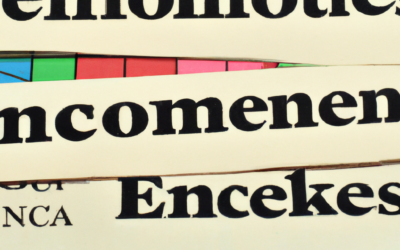The Federal Deposit Insurance Corporation (FDIC) has recently implemented a new rule aimed at enhancing deposit insurance signage and preventing misrepresentation in the banking industry. The rule, which was unanimously approved by the FDIC board, modernizes the requirements for displaying the official FDIC sign in banks and bank digital channels, with a focus on ensuring consumers can easily distinguish between products that are covered by deposit insurance and those that are not.
Key Provisions of the Rule
The new rule includes several provisions to improve the display of deposit insurance signage across all banking channels. One of the major requirements is the display of the official sign, as well as a new official digital sign, to differentiate between deposits and non-deposit products. This signage will be mandatory in physical bank branches, non-branch locations, ATMs, and digital channels like bank websites and mobile applications.
Banks will also need to develop and maintain policies and procedures to ensure compliance with the new rule. These policies must include provisions on monitoring activities by third parties that provide deposit-related services to or on behalf of a bank. The rule also clarifies the definition of “non-insurance products” to include crypto assets, preventing misrepresentations of deposit insurance coverage by nonbanks.
Effective Date and Final Improvements
Banks will be required to comply with the new rule starting from Jan. 1, 2025. This gives them sufficient time to adapt their signage and policies to meet the updated requirements. The FDIC acknowledges that the implementation process may be challenging for some banks, especially when physically segregating deposit and non-deposit products at certain locations. However, the rule clarifies the agency’s expectations in such circumstances.
The final rule includes several improvements compared to the original proposal. For example, banks with existing ATMs that don’t offer non-deposit products will have the option to display a physical sign instead of the new digital sign. FDIC Vice Chairman Travis Hill, while having some reservations, voted in favor of the rule, emphasizing the importance of promoting awareness of FDIC insurance and ensuring clear differentiation between insured deposits and uninsured non-deposit products.
FDIC Budget Allocation and Staffing Increase
In addition to the new rule, the FDIC board approved a budget of nearly $3 billion for the year 2024. This budget includes funding for 189 new positions primarily in bank supervision and resolution. The increase in staffing focuses mainly on large banks and comes as a response to recent bank failures. The agency aims to strengthen its supervisory and resolution capabilities to prevent similar missteps in the future.
The 2024 budget represents a 6% decrease from the FDIC’s current operating budget. However, it allows for 6,817 full-time equivalent positions, although the agency has been facing challenges in filling all available job openings in recent years. The allocation of resources to personnel and operational improvements reflects the FDIC’s commitment to enhancing its supervisory efforts and ensuring the stability of the banking industry.
Frequently Asked Questions
Q: What is the purpose of the FDIC rule on deposit insurance signage?
A: The rule aims to modernize the requirements for displaying the official FDIC sign in banks and bank digital channels to help consumers differentiate between insured and uninsured products.
Q: What does the rule require banks to do?
A: Banks must display the official sign, a new official digital sign, and other signs distinguishing between deposits and non-deposit products in all banking channels, including physical branches, ATMs, and digital platforms. They also need to have policies and procedures for compliance and monitoring of third-party activities.
Q: When will banks be required to comply with the rule?
A: Compliance with the rule is mandatory starting from Jan. 1, 2025, giving banks enough time to make necessary adjustments.
Q: Are there any improvements in the final rule compared to the original proposal?
A: Yes, the final rule includes improvements such as allowing banks with existing ATMs that don’t offer non-deposit products to display a physical sign instead of the new digital sign.
Q: What is the purpose of the increase in FDIC staffing?
A: The increase in staffing, particularly in bank supervision and resolution, aims to strengthen the agency’s capabilities and prevent missteps in its oversight of large banks.
Conclusion
The FDIC’s implementation of a new rule to enhance deposit insurance signage and prevent misrepresentation is a significant step towards protecting consumers and ensuring transparency in the banking industry. By requiring the display of official signs and differentiating between deposit and non-deposit products, the rule empowers consumers to make informed decisions about their finances. Additionally, the allocation of resources to bolster FDIC’s supervisory and resolution staff emphasizes the agency’s commitment to strong oversight and a stable banking system.
To learn more about banking solutions and the importance of deposit insurance, visit [VIS Banking](https://visbanking.com/). For pricing information, check out [VIS Banking Pricing](https://visbanking.com/pricing/). If you’re interested in a demo, you can request one at [VIS Banking Request Demo](https://visbanking.com/request-demo/).






0 Comments